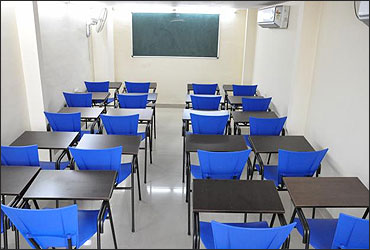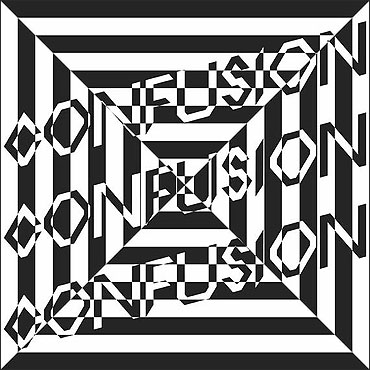 | « Back to article | Print this article |
The failing health of India's higher education
Troubling reports about the failing higher education system in India are pouring in from every direction.
The Indian Institutes of Management (IIMs) are finding it difficult to get an adequate number of quality students to fill the 3,000-odd seats for their flagship two-year full-time programme, even though nearly 200,000 aspirants take the Common Admission Test.
Engineering colleges across the country report that only 10 per cent of the total number of students they admit every year have achieved a passing grade in the mathematics section of the entrance exams held to select candidates.
Spokespersons for the IT industry say consistently that less than one in 20 Indian college graduates who apply for jobs in that sector are employable.
I have sat in on interviews to select graduates from the country's premier computer science institutions and found that less than one in 100 have even the barest notion of what computer science is about.
Click on NEXT for more...
The failing health of India's higher education
Concerned people have listed many possible causes.
High on their list is the booming coaching class industry in India which now offers to coach at every stage of life: from infants aspiring to seek admission in nursery school all the way up to IIM aspirants.
But I am sceptical of the view that coaching classes are the cause of the problem about quality of education.
I suspect they are the Band-Aid that desperate parents apply to tackle the problem of quality of education.
I know of one family in which the mother works as a domestic help and the father as a salesperson in a shop selling saris.
They spend Rs 600 every month on private tuition fees for their son who has just entered college; the college fee itself is only a fraction of that amount.
Click on NEXT for more...
The failing health of India's higher education
Students seem to trip up when it comes to applying what they have learnt in one context to solve a similar problem in another context.
Robert Haskell, professor of psychology at the University of New England, terms such a problem-solving skill "transfer of learning".
His book Transfer of Learning: Cognition, Instruction and Reasoning defines "transfer of learning" as the skill to detect that a problem "is like" or "is equivalent to" or "is the same as" or "resembles" or "is comparable to" some other problem that the student has encountered before.
This kind of reasoning is evidence of the skills of mental abstraction, generalisation, induction and logical inference. These skills make up true education.
Click on NEXT for more...
The failing health of India's higher education
Most innovation activity takes place using such skills. Take, for example, eminent computer scientist Peter Chen's account of how he came to think of the entity-relationship model, a seminal concept in computer science.
He says that in his native Chinese culture, the pictographs for the sun and for the moon are placed next to each other to create the Chinese character for "brightness".
Both the sun and the moon have the ability to reflect light, so combining both to mean "brightness" seems perfectly natural.
Similarly, the entity-relationship model in computer science combines properties of individual entities to create new ones.
Professor Chen had transferred his learning of how Chinese pictographs are combined to the completely new realm of computer science.
Click on NEXT for more...
The failing health of India's higher education
Unfortunately, attempts to teach such transfer-of-learning skills by using the classic structured drills in the basics don't seem to do the job, nor do the efforts to do it by giving students unstructured free rein for self-discovery.
While searching for a solution to this pedagogic problem, Clayton Christensen of Harvard in his book Disrupting Class says that the answer may lie in delivering student-centric learning.
In this scheme, students learn each subject in a manner consistent with their type of intelligence and learning style.
Unfortunately, the current education system in every country is organised into value chains, much like manufacturing and mass retail.
In such industries material (in this case students) is inputted, some of the material is transformed by subjecting it to standardised processes (standard textbooks and teaching methods) and outputted to the next stage ( a higher class) if students perform adequately in standardised tests.
Click on NEXT for more...
The failing health of India's higher education
In the current business design of education, each part of this process - standard curricula, standard textbooks and standardised tests - has scale economics and is, therefore, difficult to customise.
What is needed, says Professor Christensen, is a business design for education that acknowledges that students learn in different ways and, since they have different mixes of linguistic, mathematical and visual "intelligences", their pace of learning varies.
How this can be done on a large scale in India is mind boggling; there are four million schools and 20,000 colleges in the country and in the next 15 years 345 million Indians will attain the age of 18 and be ready for the job market.






